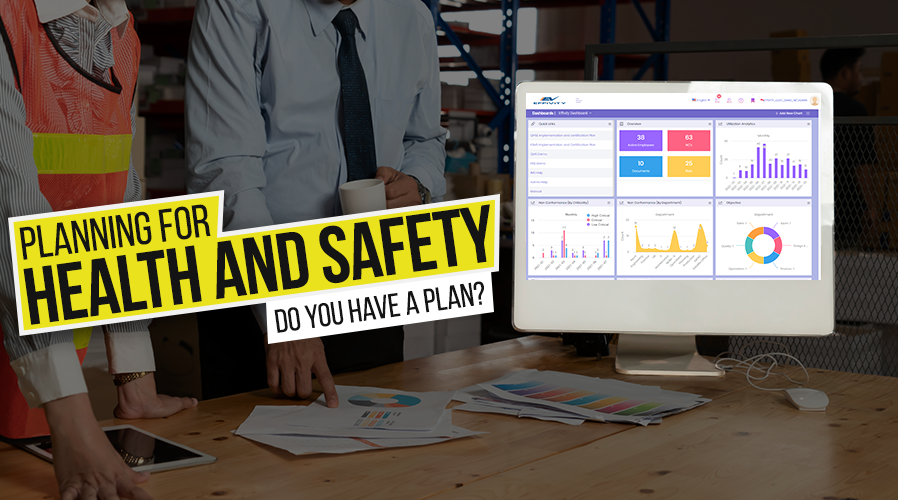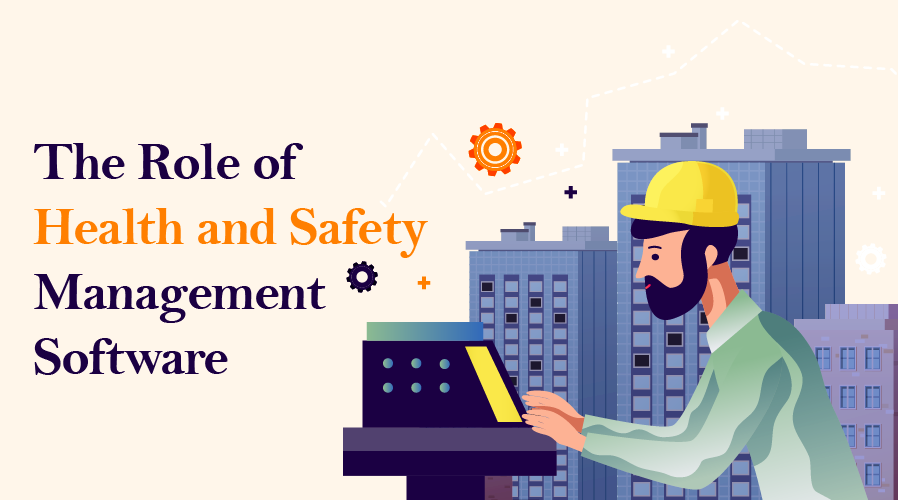
It seems fairly obvious to identify environmental aspects needed for an audit of an ISO 14001 system in many industries. In chemical plants or construction sites, many aspects are physical and visible. You could see an indication of the environmental impact when you look at fumes being released into the air, or waste flowing into a controlled area. Office manager often believes that they run a safe office and that their effect on our environment is minimal. This should make being accredited to ISO 14001 easy. Looking at the office environment in details however, shows that it’s not that simple.
Environmental aspects defined
According to ISO 14001:2015, environmental aspects are any activities, services or products that relate to our environment. When the environment is changed, this is an environmental impact, whether the change is beneficial or adverse, and whether it results partly or wholly from the environmental aspects of the organization.
Looking at this carefully, we can see that each and all organizations, businesses, and even households have an environmental impact of sorts. ISO 14001 helps to assess, measure, analyze, and improve these aspects, as well as the impacts resulting from them.
Environmental aspects in an office
There will be environmental aspects and impacts everywhere around you. Some will be big and others small. Your own actions and those of your staff already affect the environment even before you get to your office. How are people travelling to work? Are your staff encouraged and given facilities to ride bicycles to work? Many areas encourage staff to do this through tax incentives.
Do your staff know the benefits to the environment when they use public transport? While many individuals drive to get to work, you could look at the possibility and incentives to encourage them to share cars where possible. Maybe you give some staff members company vehicles. Do you select these while being aware of environmental considerations? It might be a good idea to put all these ideas in a policy for transport. Measure the impact now, put the ideas into place, and then measure them again. ISO 14001 uses the “Plan, Do, Check, Act” cycle throughout.
Legal requirements in your office
Each region uses different legal requirements and it is a good idea to create a simple Legal Register. This will enable you to record legislation and show that you understand them and how you comply. There are many aspects to consider: Does your company use air conditioning? Which gas does it use? Do these gasses comply with legislation? Does your company generate noise? Do you eject anything into wastewater? If there is a fire, does the water used to fight the fire go somewhere specific?
These are a few examples of aspects that might be applicable to any office. Setting up a Legal Register would give you a strong foundation to record all legislation and then implement it.
What do I look for in my office?
There are many aspects that need to be looked at in an office. Do you know what your company’s carbon footprint is? Do you utilize conference calls and video conferencing rather than take car journeys and flights unnecessarily? Could you develop a policy for travel to encourage these excellent practices? It is well known that leaving heating and lights on in rooms that are not used is not sound from environmental and financial perspectives.
You might be able to design a policy to manage energy to let your staff know what is desirable and what’s not. Materials are consumed in the office daily – how can you ensure that this is done as efficiently as possible? Maybe you want to create a policy for good office environmental practices – are paper used on both sides for printing, is printing required at all, will a reduction in the number of printers reduce unnecessary paper or energy usage, do we always recycle where possible. As you can see, there are plenty of opportunities where your environmental efficiency in the office can be improved.
Is that all?
No, that’s not all – there is more than you can do. It is likely that you have a policy for purchasing, especially if the company is accredited for ISO 9001. Do you look at environmental aspects in this regard? Is recycled paper used? Do your suppliers subscribe to the same set of values that you do or are they accredited for ISO 14001? Can you improve the environment if you request that the company’s supply chain implement environmental principles the same as you do? You could even reward their inclination to do this with sustained business.
Implementing the items mentioned will certainly help you with getting ISO 14001 accredited. Your enhanced environmental performance won’t stand on its own, but you will also encourage the company’s supply chain to also improve. This will result in positive benefits to everyone’s efficiency and profitability, and in the long-term, it will benefit the planet.
ISO 9001 quality management systems (QMS) are implemented using MyEasyISO software in New Orleans (USA), while ISO 14001 & OHSAS 18001 Health Safety Management Systems (HSE) are implemented with MyEasyISO in Vienna (Austria ).











